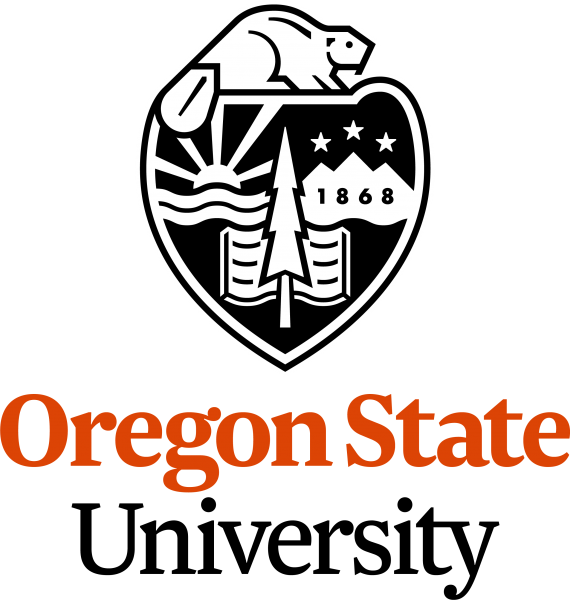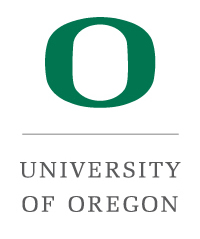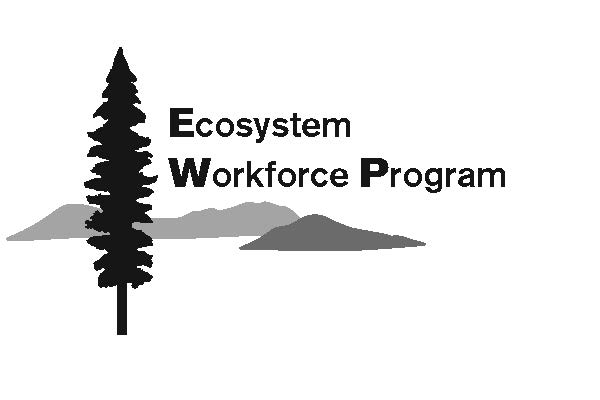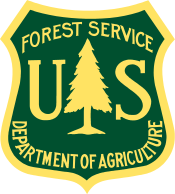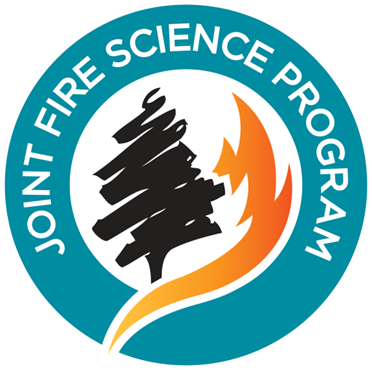Publications Library
Found 928 results
Filters: Keyword is technical reports and journal articles [Clear All Filters]
. Prescribed Fire in Grassland Butterfly Habitat: Targeting Weather and Fuel Conditions to Reduce Soil Temperatures and Burn Severity Fire Ecology. 2017;13(3).
. Previous burns and topography limit and reinforce fire severity in a large wildfire Ecosphere. 2017;8(11).
. Quantifying the effect of elevation and aspect on fire return intervals in the Canadian Rocky Mountains Forest Ecology and Management. 2017;384.
. Regional patterns of postwildfire streamflow response in the Western United States: The importance of scale-specific connectivity Hydrological Processes. 2017;31(14).
. Relational risk assessment and management: investigating capacity in wildfire response networks. ().; 2017. 12-2-01-47_final_report.pdf (709.07 KB)
12-2-01-47_final_report.pdf (709.07 KB)
. Restoring and managing low-severity fire in dry-forest landscapes of the western USA. PLoS ONE. 2017;12(2).
. Return on investment from fuel treatments to reduce severe wildfire and erosion in a watershed investment program in Colorado Journal of Environmental Management. 2017;198(Part 2).
. Returning Fire to the Land—Celebrating Traditional Knowledge and Fire Journal of Forestry. 2017;Review Article.
. A review of challenges to determining and demonstrating efficiency of large fire management International Journal of Wildland Fire. 2017;26(7).
. A Review of Pathways for Building Fire Spread in the Wildland Urban Interface Part II: Response of Components and Systems and Mitigation Strategies in the United States Fire Technology. 2017;53(2).
. Shared visions, future challenges: a case study of three Collaborative Forest Landscape Restoration Program locations Ecology and Society. 2017;22(2).
. Sharing contracted resources for fire suppression: engine dispatch in the Northwestern United States International Journal of Wildland Fire. 2017;26(2).
. Should I Stay or Should I Go Now? Or Should I Wait and See? Influences on Wildfire Evacuation Decisions Risk Analysis. 2017;Online early.
. Smoke in a New Era of Fire. Portland, OR: U.S. Department of Agriculture, PNW Station; 2017:16. smoke science-update-24-1.pdf (2.96 MB)
smoke science-update-24-1.pdf (2.96 MB)
. Spatially explicit measurements of forest structure and fire behavior following restoration treatments in dry forests Forest Ecology and Management. 2017;386.
. Spatiotemporal dynamics of simulated wildfire, forest management, and forest succession in central Oregon, USA. Ecology and Society. 2017;22(1).
. Special Report: Western Governors' National Forest and Rangeland Management Initiative. Denver: Western Governors' Association; 2017:32p. 2017_NFRMI_Report_for_Web.pdf (1.68 MB)
2017_NFRMI_Report_for_Web.pdf (1.68 MB)
. Status update: is smoke on your mind? Using social media to assess smoke exposure Atmospheric Chemistry and Physics. 2017;17.
. Studying interregional wildland fire engine assignments for large fire suppression International Journal of Wildland Fire. 2017;26(7).
. Surface fuels in recent Phytophthora ramorum created gaps and adjacent intact Quercus agrifolia forests, East Bay Regional Parks, California, USA Forest Ecology and Management. 2017;384.
. Sustainability and wildland fire: The origins of Forest Service Wildland Fire Research. Washington, D.C.: U.S. Department of Agriculture, Forest Service; 2017:120.
. Tamm Review: Shifting global fire regimes: Lessons from reburns and research needs Forest Ecology and Management. 2017;396.
. Towards enhanced risk management: planning, decision making and monitoring of US wildfire response International Journal of Wildland Fire. 2017;26(7).
. Towards improving wildland firefighter situational awareness through daily fire behaviour risk assessments in the US Northern Rockies and Northern Great Basin International Journal of Wildland Fire. 2017;26(7).
. Using an agent-based model to examine forest management outcomes in a fire-prone landscape in Oregon, USA. Ecology and Society. 2017;22(1).

